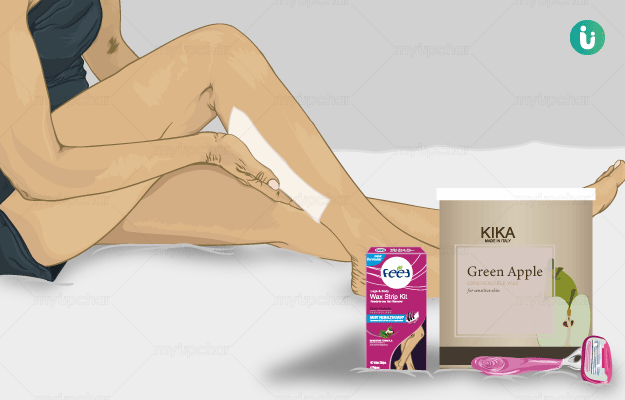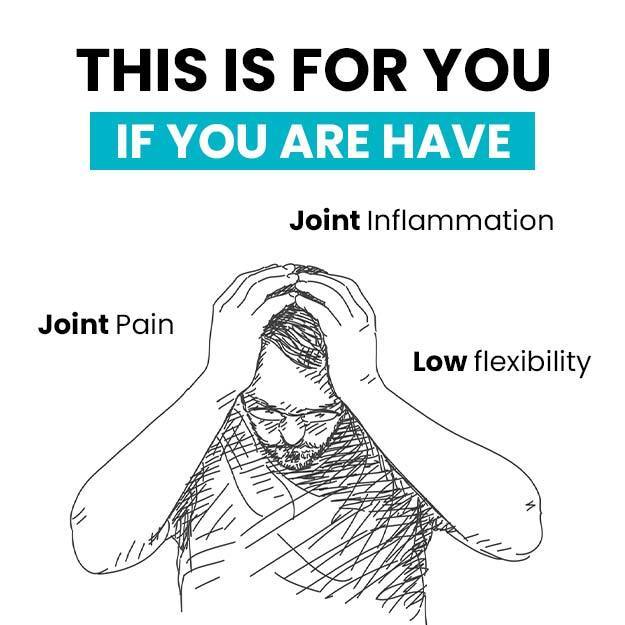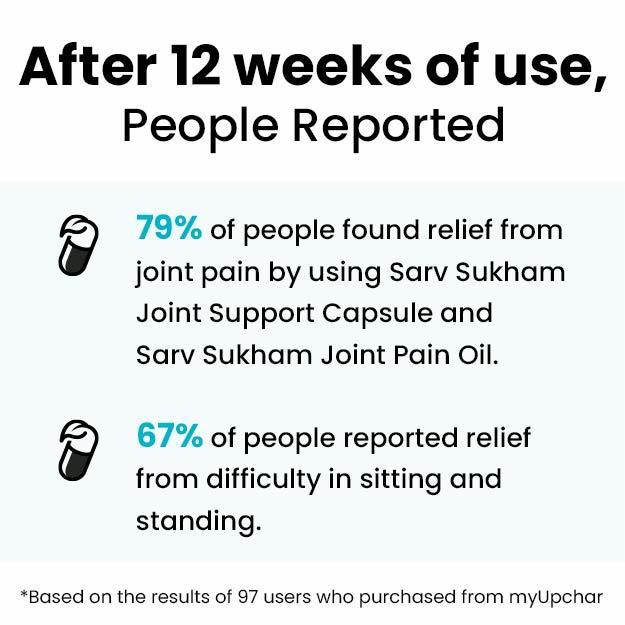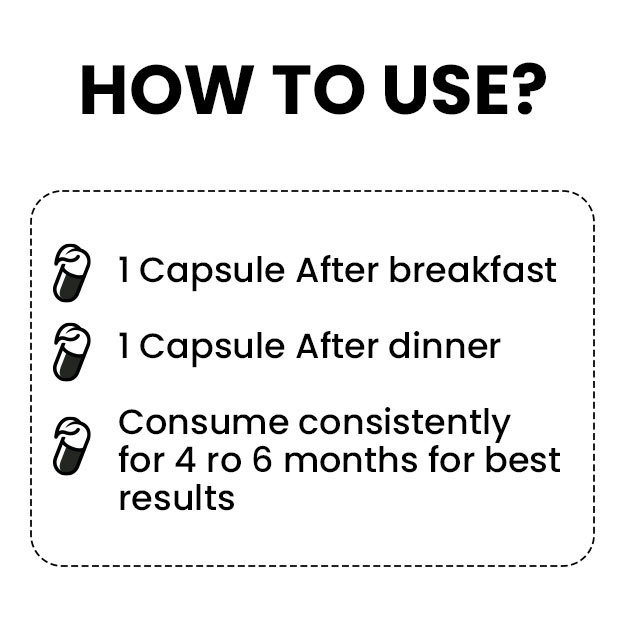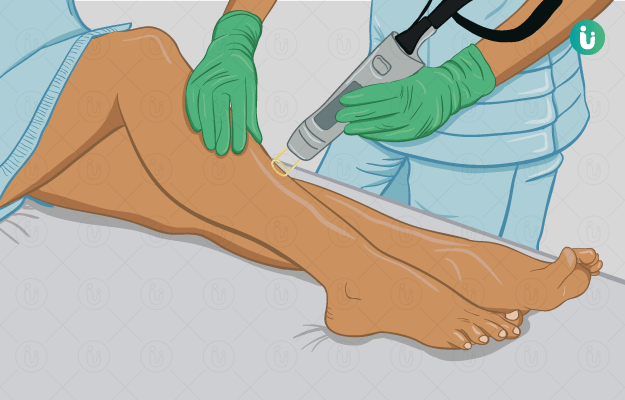Legend has it that the ancient Romans shaved their faces, and the Egyptians - both men and women - shaved their entire bodies. Historical evidence also suggests that Alexander the Great was clean-shaven as far back as 331 BC. Though their reasons were different, of course: historians have argued that while the Egyptians considered body hair unclean, Alexander the Great thought a beard could be used to catch hold of a soldier in a war!
More recently, removing body hair has become a multi-billion dollar industry globally. And several new treatments - from hair removal creams to waxing, electrolysis and laser - have gained popularity in the 20th and 21st centuries. Of course, hair removal is a choice. Indeed, many doctors believe that body hair is beneficial for regulating body temperature and also act as a protective coating for the skin.
Usually, the presence of hair on the body is not a cause for concern medically. But it can be a symptom of some conditions like hirsutism. Women suffering from polycystic ovary syndrome may also have excessive hair growth on the face. In cases where excessive hair growth - especially on the face - causes psychological and self-esteem issues in patients, they may be advised to undergo hair removal treatment.
Before any kind of surgery, too, health care providers shave the specific area that needs to be operated on for better visibility - this is also a subject of research in the medical community to find the safest ways to remove hair while minimising the risk of cuts and infections.
Whatever your reasons for hair removal - beauty, preference, self-esteem, hygiene - it is important to do it in a safe manner. Read on to know about the various methods of hair removal, tips for removing hair from the face, chest and pubic area, and risks and complications linked to hair removal.

